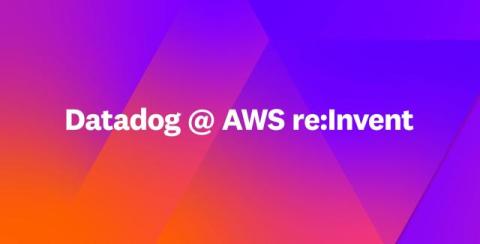3 Best Practices for Resource Utilization in Tech Teams
Effective resource utilization is critical for tech teams to consistently deliver exceptional services to customers while maintaining internal efficiency. In fast-paced industries where deadlines are tight and customer expectations are high, understanding team capabilities, skill sets, and availability is essential to making informed decisions about resource allocation.











